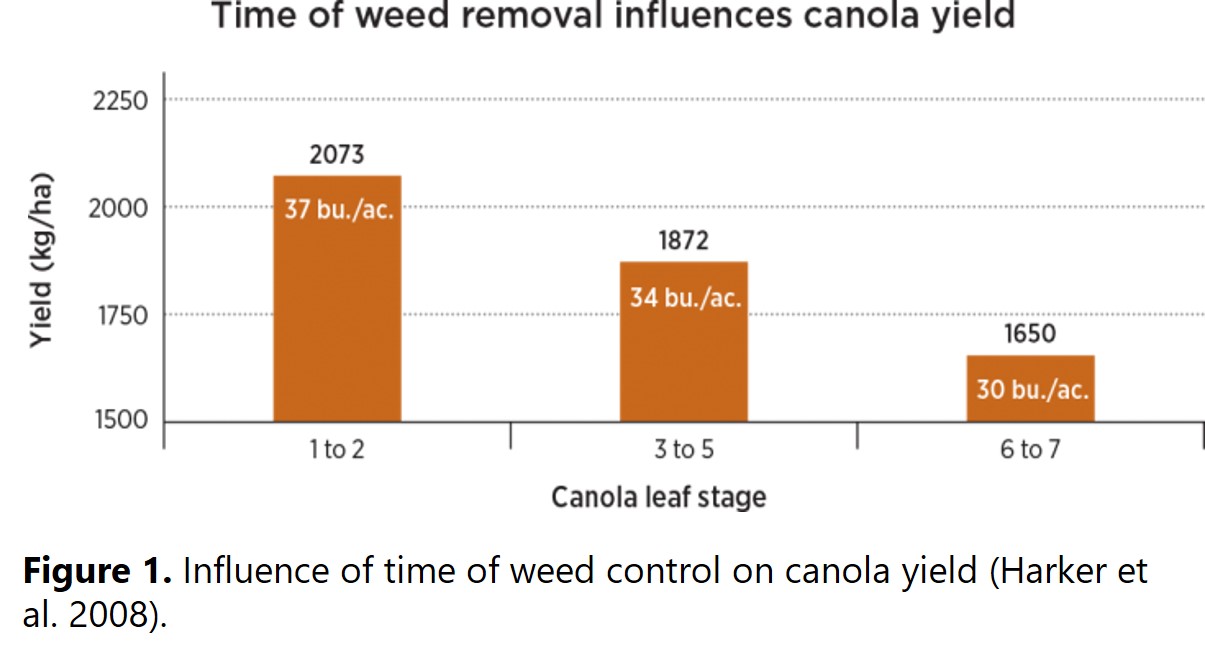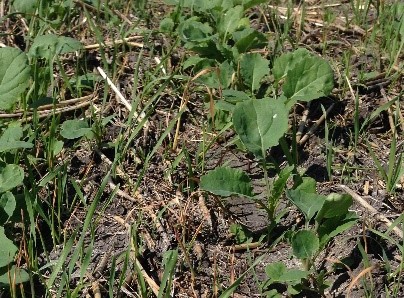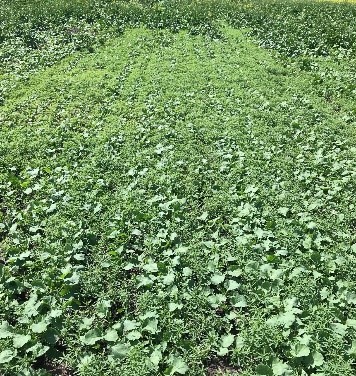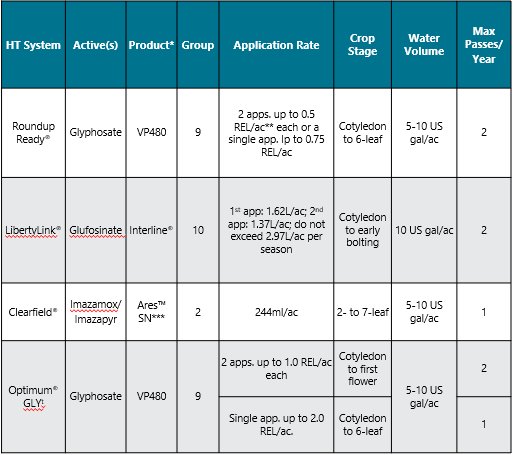Skip Navigation


Figure 2: Grassy weed pressure in herbicide tolerant canola near the end of the CWFP.

Figure 3: Kochia competition in canola. July 2019. Saltcoats, SK.
Table 1. List of herbicide tolerant canola system options available from Corteva Agriscience.

*Refer to individual product labels for complete instructions on rates, tank mix partners, staging, application timing, rainfastness, etc.
**REL = Roundup Equivalent Litre.
***Requires Surjet Surfactant.
tAvailability subject to regulatory approval.

Weed surveys are conducted in the Prairie provinces on a recurring basis. The latest prairie weed survey (2014-2017) listed the following as the top 10 weeds in canola (Canola Digest, 2019)
Harker, K. N., O’Donovan, J. T., Clayton, G. W., & Mayko, J. (2008). Field-Scale Time of Weed Removal in Canola. Weed Technology, 22(4), 747–749.
Martin, S. J., Van Acker, R. C., & Friesen, L. F. (2001). Critical Period of Weed Control in Spring Canola. Weed Science, 49 (3), 326-333.
Canola Digest. Top 10 Weeds in Canola. March 5, 2019. https://canoladigest.ca/march-2019/agronomy-insights-mar2019/.